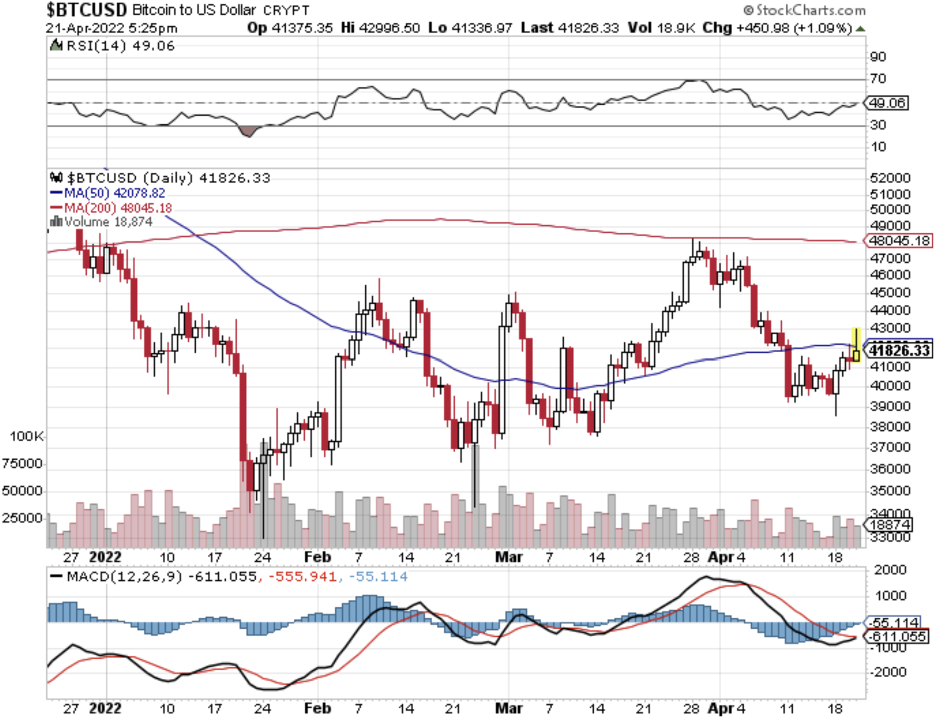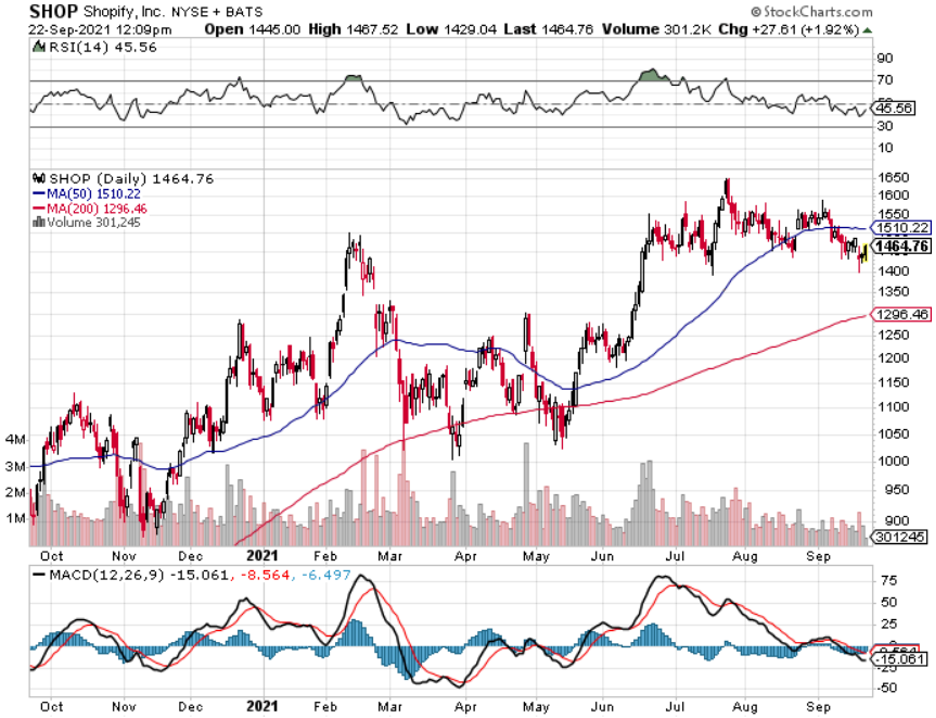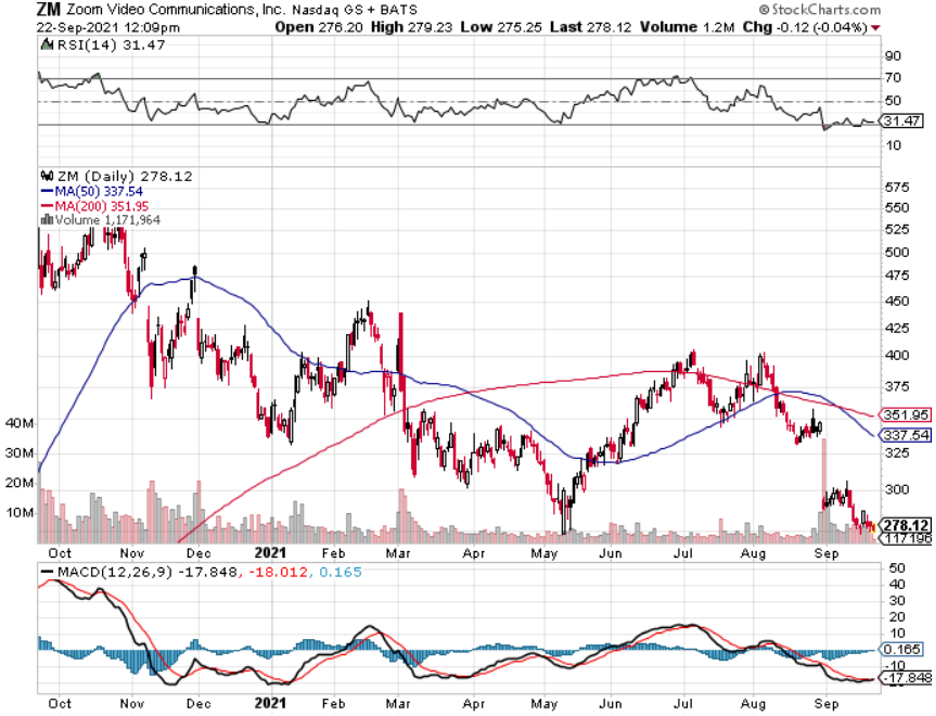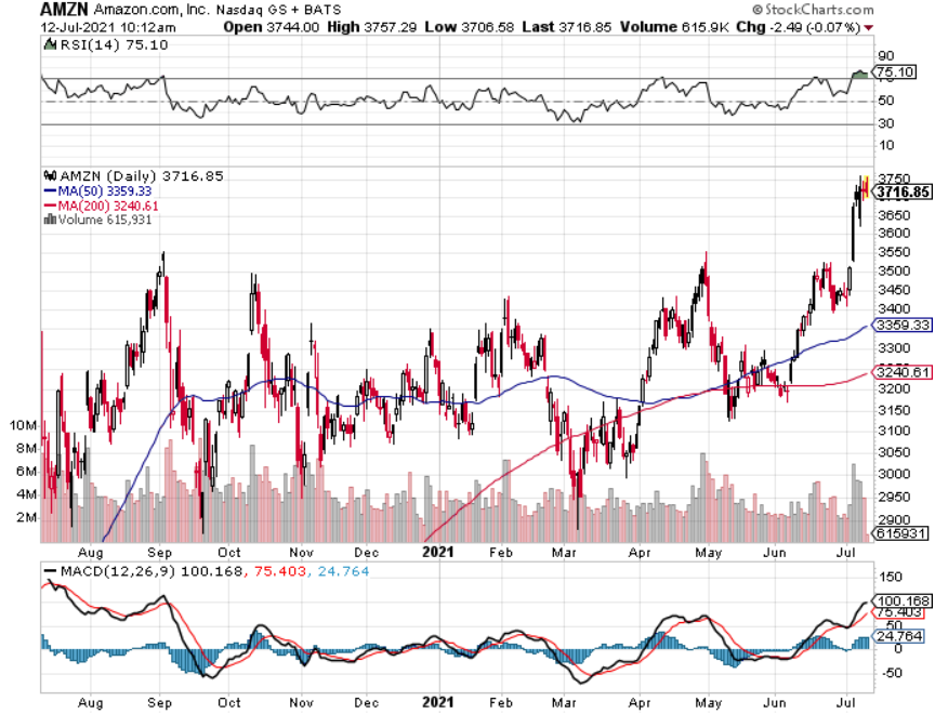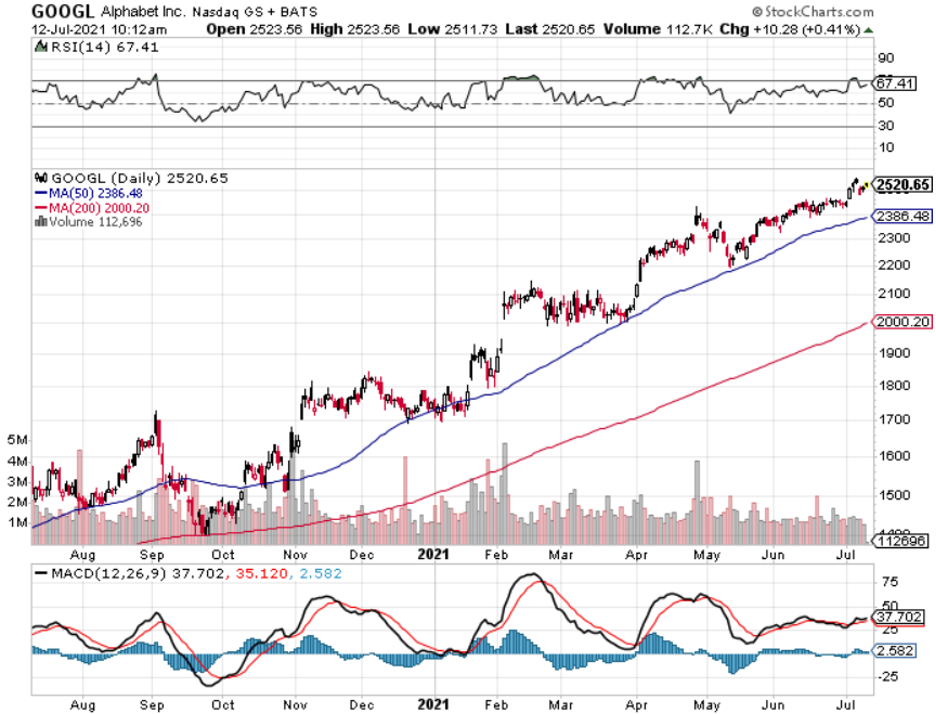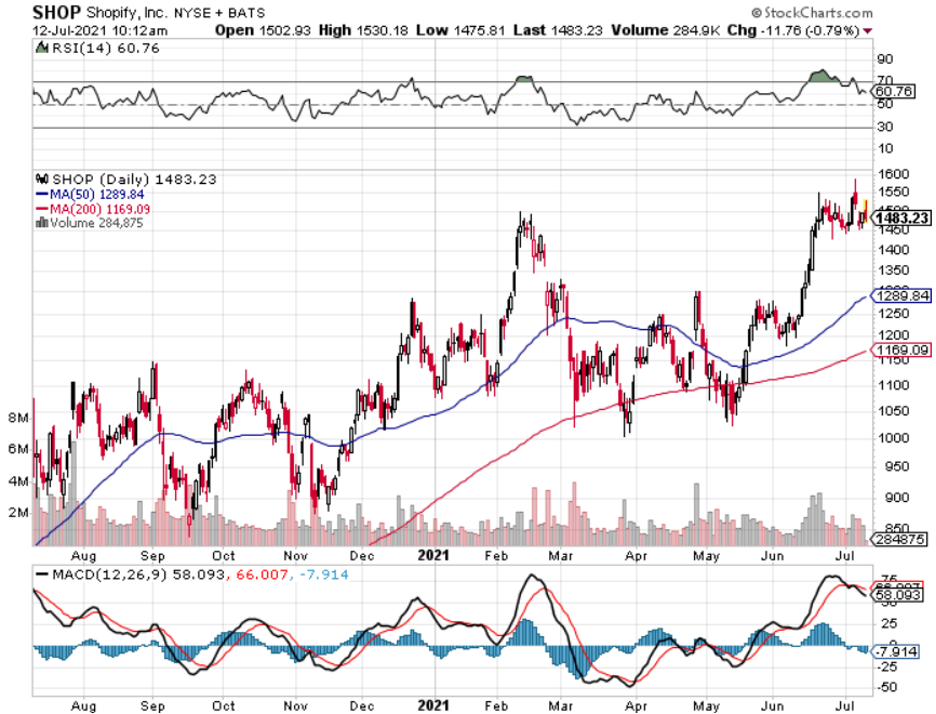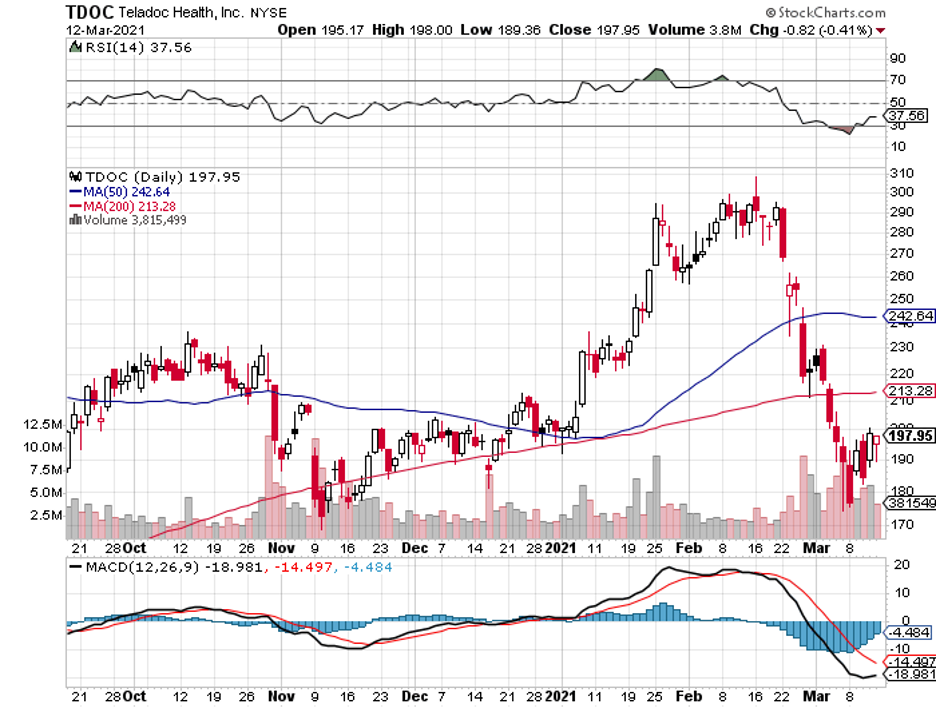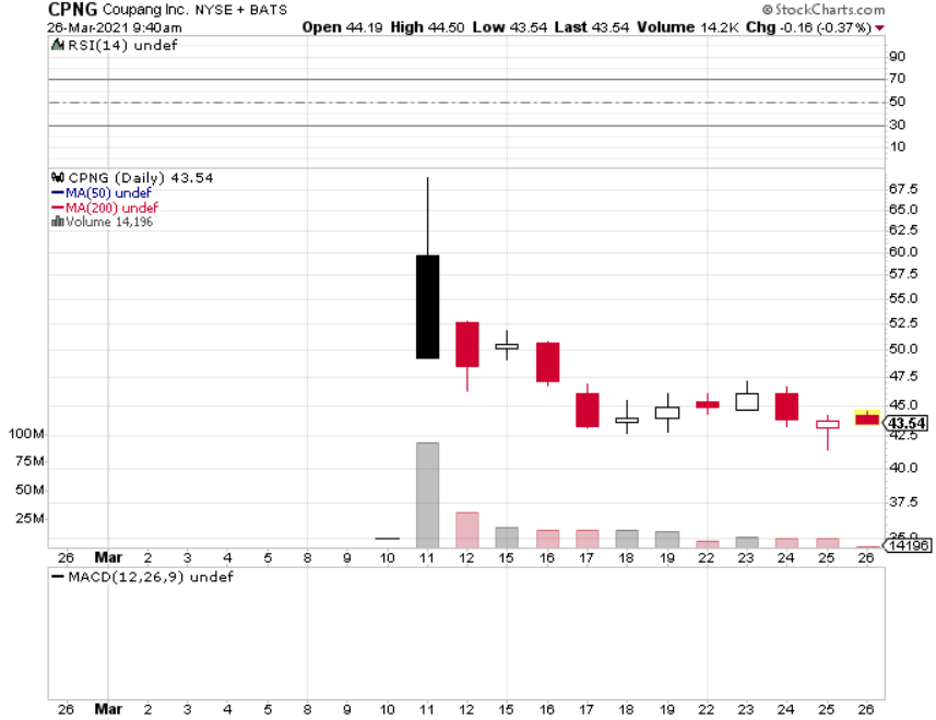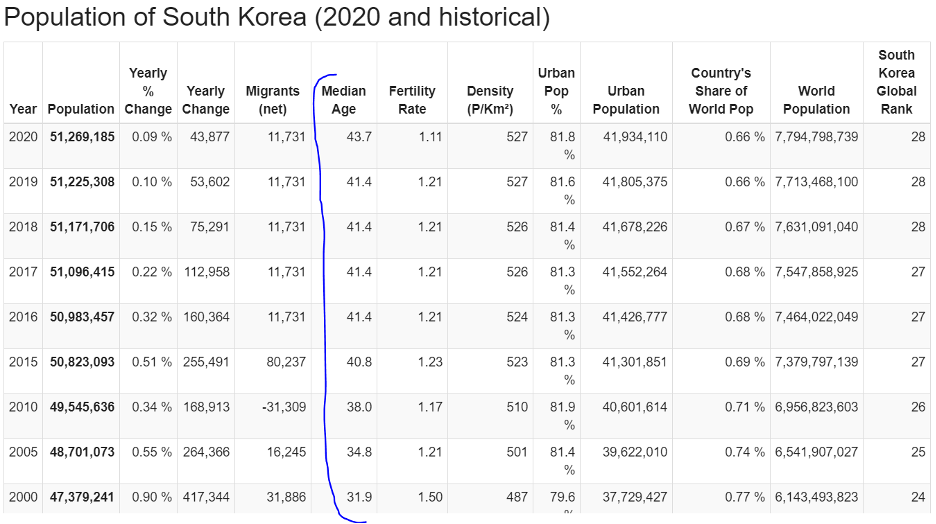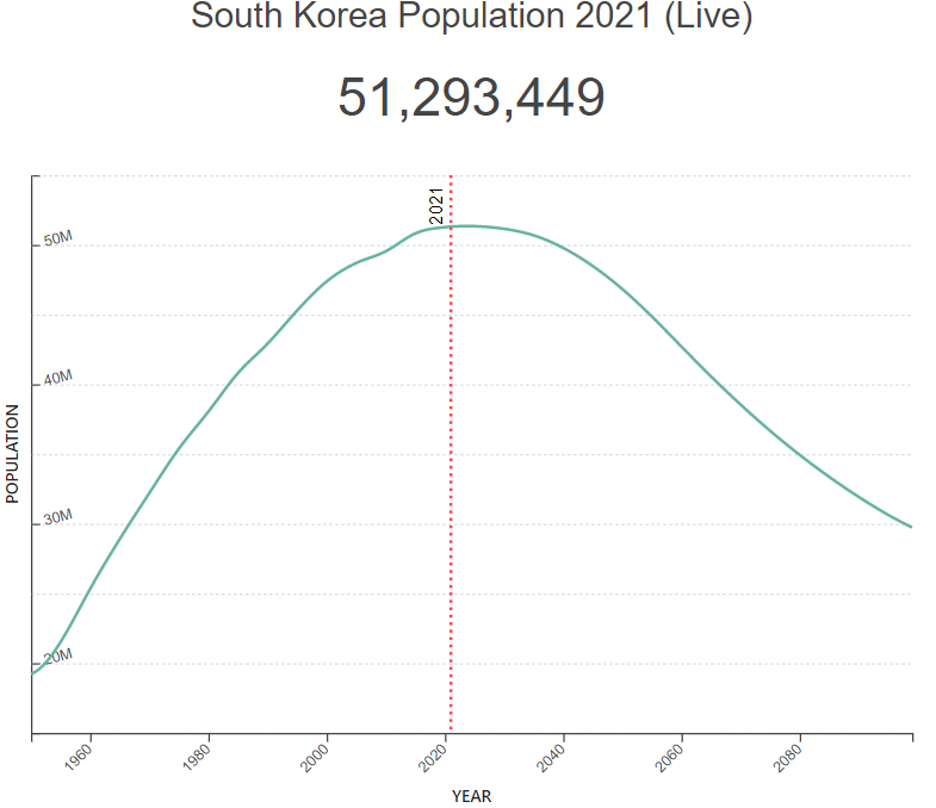People aren’t going to wake up the next day and find that Bitcoin (BTC) is suddenly the de-facto global payment system.
There are steps that need to be taken for it to get to that point.
How I see it – the path to further adoption will go through the e-commerce systems in digitized form.
This makes sense on a lot of fronts.
It’s no secret that e-commerce is usurping the status quo of brick-and-mortar shops.
That process was accelerated by the health phenomenon over the past two years.
If Bitcoin get can the likes of Amazon to allow Bitcoin payment, then that would be considered a massive victory.
That needs to happen before government services or utility payments allow Bitcoin payments.
It also needs to happen before big government install regulations too onerous that it won’t come to fruition.
The short-term positive news is that payment network Strike has announced integrations with Shopify (SHOP), an alternative payment processor Blackhawk Network, which will make it easier for global merchants to accept Bitcoin payments.
Bitcoin Lightning Network, a second layer built on top of the Bitcoin blockchain, will convert BTC payments into dollars quickly, relieving merchants of complexities associated with actually holding Bitcoin.
I must admit, Shopify is no Amazon, but baby steps need to happen somewhere and Shopify is a reputable e-commerce company as it stands.
Yet Shopify’s $4.5 billion of annual sales is dwarfed by Amazon’s $450 billion in annual sales and that matters.
Scale is everything in tech and hitting singles doesn’t make quite the dent or simply will take too long for the results to become meaningful.
Shopify will be able to take advantage of previously untapped global markets and purchasing power, as well as save money with low-cost payment processing through accepting Bitcoin payments.
Merchants will be able to interact with the Bitcoin network, and users will be able to make purchases privately throughout the United States, taking advantage of the cheap, instant, and open access that Bitcoin offers.
More than 400,000 storefronts will now accept Bitcoin through the Lightning Network, and any merchant is welcome to join through SHOP.
What was once hard to imagine is now becoming a reality. The future looks like it will bring millions of storefronts across the US accepting Bitcoin in the near future. Other countries may follow suit after seeing the success of this nation-state Bitcoin usage.
Sadly, financial institutions have been woefully inadequate to meet the needs of an increasingly digital consumer, and it’s now evident they are generations behind.
If we really think about it, there has been no innovation in the payment systems since 1949.
The launch of the Bitcoin payment system has revolutionized and disrupted well-established traditional credit card networks like Visa and MasterCard, bringing a new financial world order.
Several examples show how crypto adoption boosted a nation's economy, including Argentina, which adopted Strike’s Lightning payments system and saw its GDP rise 10.3% in 2021, the highest rise since 2004. Another example is El Salvador, which adopted Bitcoin as legal tender with the help of Strike and saw its GDP grow by double digits for the first time recently.
I am eagerly awaiting McDonald’s (MCD) and Walmart’s (WMT) announcement that they will start accepting Bitcoin.
That will really move the needle.
If some of these big players come on board, Bitcoin will also benefit from reduced volatility as well inspire the incremental investor to hold Bitcoin as a store of value.
Yet the wait goes on as Bitcoin is slowly accepted around the world and the more sovereign nations and large corporations that come into the fold, there is no doubt in my mind that this will be a main driving force behind higher Bitcoin prices.

